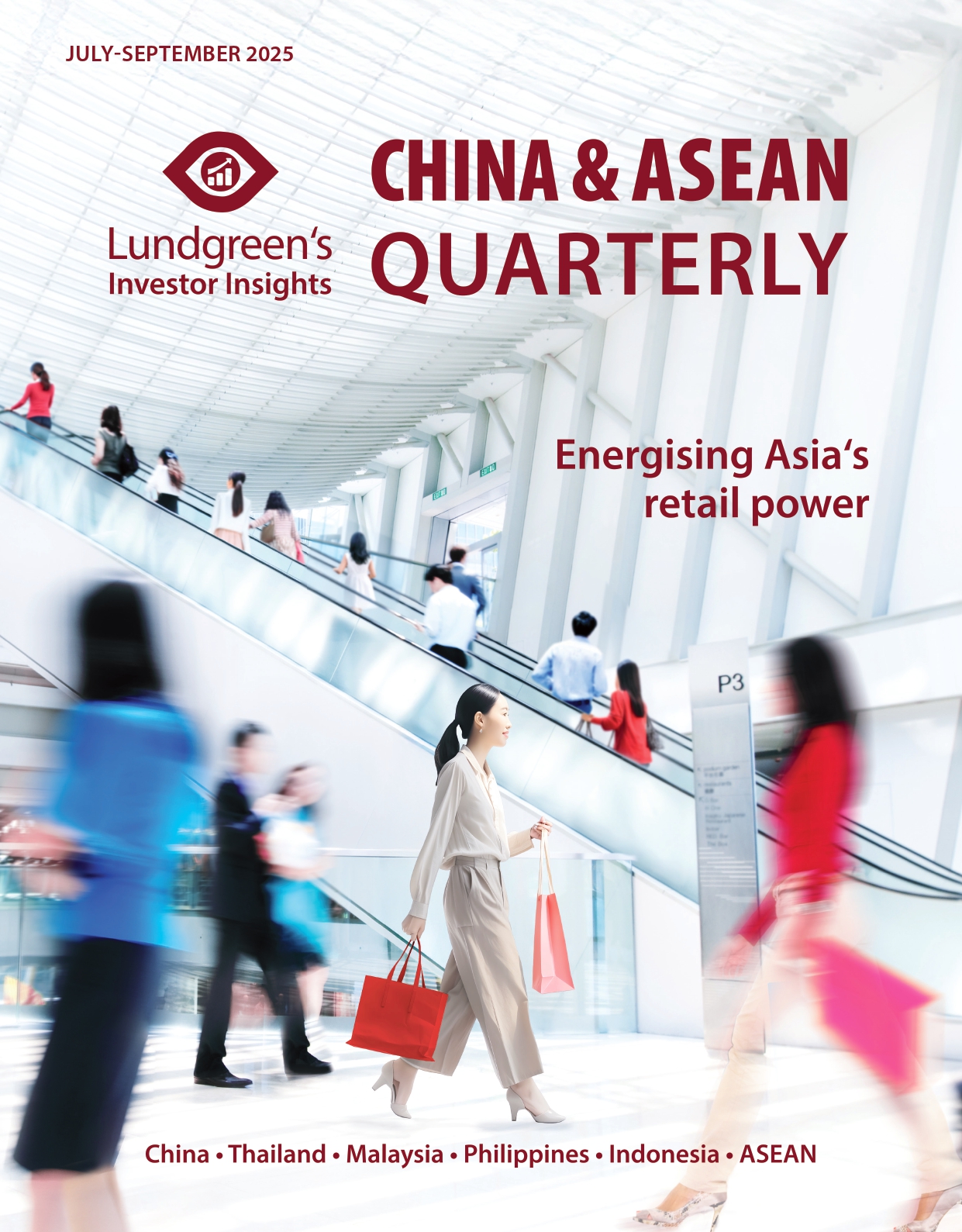Spotlight on China’s wealthiest
China is looking to boost public coffers at a time of pale domestic demand and a prevailing property sector slump by dipping into the treasure trove of the wealthiest.
The government has instructed affluent residents to review their tax payments and is said to begin imposing a 20 per cent tax on investment gains generated abroad, both in an attempt to shore up state revenues amid a persistent budget deficit that is bound to widen further with the RMB 10 trillion (USD 1.4 trillion) stimulus package announced in September.
Graph 1 shows how China’s public revenues have been consistently lagging the growth in state expenditures, with the budget deficit widening for two straight years since 2021. The world’s second biggest economy is still recovering from emergency expenditures during the COVID-19 pandemic, while tax collections grow at a softer pace with weak consumer spending. China’s goal is to reduce the fiscal gap and bring GDP growth to 5 per cent – a tall order.

Beyond a friendly nudge to settle any overdue and back taxes, China’s policy pronouncement is a veiled threat of sorts for these big fish to settle tax deficiencies. The Communist Party-led government operates differently compared to democratic nations, with President Xi Jinping’s take on his envisioned “common prosperity” largely drawing from China’s socialist past.
The central government is aware that it cannot pass new taxes right now, as doing so would reverse any progress they have made in revitalizing spending appetite onshore. This call to “reassess” tax payments made by high-net-worth individuals is therefore a subtle approach to raise additional revenues without dampening consumer sentiment.
Weak consumer spending in China has deflated both local and global growth prospects in recent years since the collapse of several major residential developers. This led to a quarterly plunge in home prices since 2022 and a reluctance of Mainland residents to pay off their existing property loans due to falling valuations. New home purchases are also down year-on-year since May 2023, creating a housing oversupply that is pushing home prices even lower.
Where are the rich?
China is said to be home to some six million millionaires, taking second place after the US. However, more Chinese millionaires are expected to leave the Mainland this 2024 according to global migration firm Henley & Partners. As they flee China, they are expected to ship out some USD 15.2 million worth of resources to record the biggest net outflow across economies. Higher tax levies on the ultra-rich bracket will likely push more of China’s rich and famous to relocate, which could further erode domestic demand. Meanwhile, countries like the United Arab Emirates and the US are benefiting the most from this “millionaire migration” phenomenon, per the report.
It should not be surprising to see the number of outbound millionaires from the Mainland rise given a change in the tax regime that targets their income bracket. However, the reality is that China needs more cash to get their economy back in full steam.
Weak consumer spending is also pinned on “luxury shame,” a trend wherein people put off making big-ticket and non-essential purchases to be sensitive of financially challenging times for low- to middle-income earners. Global fashion houses and luxury brands have felt the pinch as they miss quarterly sales targets due to a sluggish Chinese market for most of 2024.
China’s cash stash
The series of fiscal stimulus packages announced between September and October sent Chinese stocks up 25 per cent, riding high on market optimism that the central government is decisively steering the economy upward. But some argue that the imposition of even higher tariffs for Chinese exports to the US as vowed by President-elect Donald Trump necessitate even greater government support. To do so, China needs a deeper pocket to bankroll additional subsidies and greater public spending.
China’s tax effort, or the share of tax revenues to GDP, has risen beginning in 2019 when it peaked at 22.1 per cent, as seen in Graph 2. As of 2022, however, China’s tax-to-GDP ratio of 20.1 per cent remains below comparator economies like Brazil (33.3 per cent) and the US (27.7 per cent) but higher than the average tax effort across Asia and the Pacific at 19.3 per cent.

The International Monetary Fund earlier suggested a host of tax reform measures for China that include imposing estate taxes and national property taxes, as well as reducing exemptions to the value-added tax, to shore up more revenues.
We continue to be optimistic about the Chinese markets despite the headwinds ahead. A better handle on central and local government finances would bode well for investment instruments in China. News about any further fiscal support, provided there is a clear financing strategy beyond issuing more debt, would provide a lift to Chinese equities.






